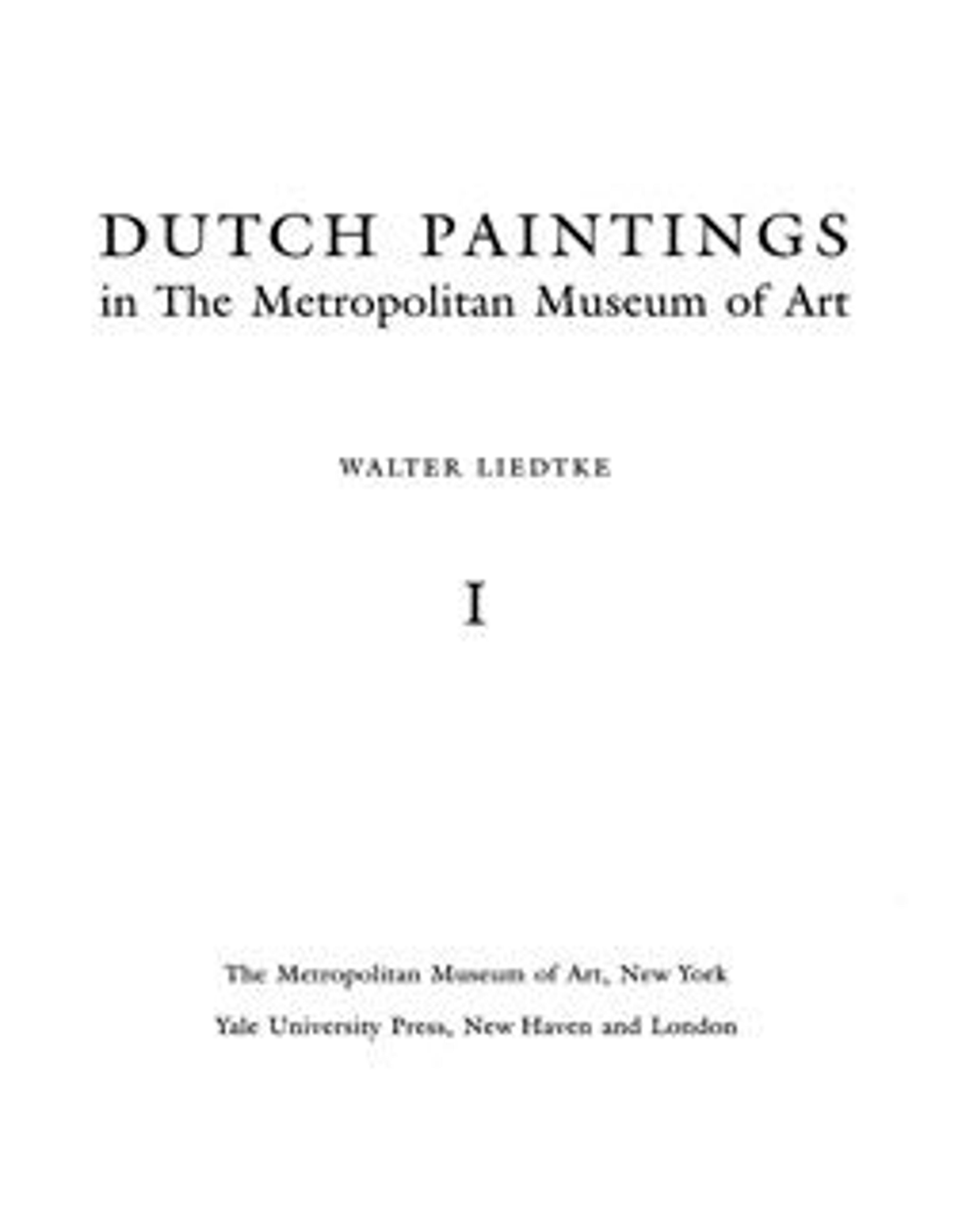Young Herdsmen with Cows
Sun-streaked clouds scudding across the sky dominate this placid landscape, a classic example of the luminous style that made Cuyp a beloved artist among eighteenth- and nineteenth-century collectors. Based on studies made in nature, the painting is nonetheless a studio confection. Resting livestock and agrarian laborers appear as timeless parts of the landscape in a reassuring vision for the landowning collectors able to display such a monumental scene.
Artwork Details
- Title:Young Herdsmen with Cows
- Artist:Aelbert Cuyp (Dutch, Dordrecht 1620–1691 Dordrecht)
- Date:ca. 1655–60
- Medium:Oil on canvas
- Dimensions:44 1/8 x 52 1/8 in. (112.1 x 132.4 cm)
- Classification:Paintings
- Credit Line:Bequest of Benjamin Altman, 1913
- Object Number:14.40.616
- Curatorial Department: European Paintings
More Artwork
Research Resources
The Met provides unparalleled resources for research and welcomes an international community of students and scholars. The Met's Open Access API is where creators and researchers can connect to the The Met collection. Open Access data and public domain images are available for unrestricted commercial and noncommercial use without permission or fee.
To request images under copyright and other restrictions, please use this Image Request form.
Feedback
We continue to research and examine historical and cultural context for objects in The Met collection. If you have comments or questions about this object record, please contact us using the form below. The Museum looks forward to receiving your comments.
